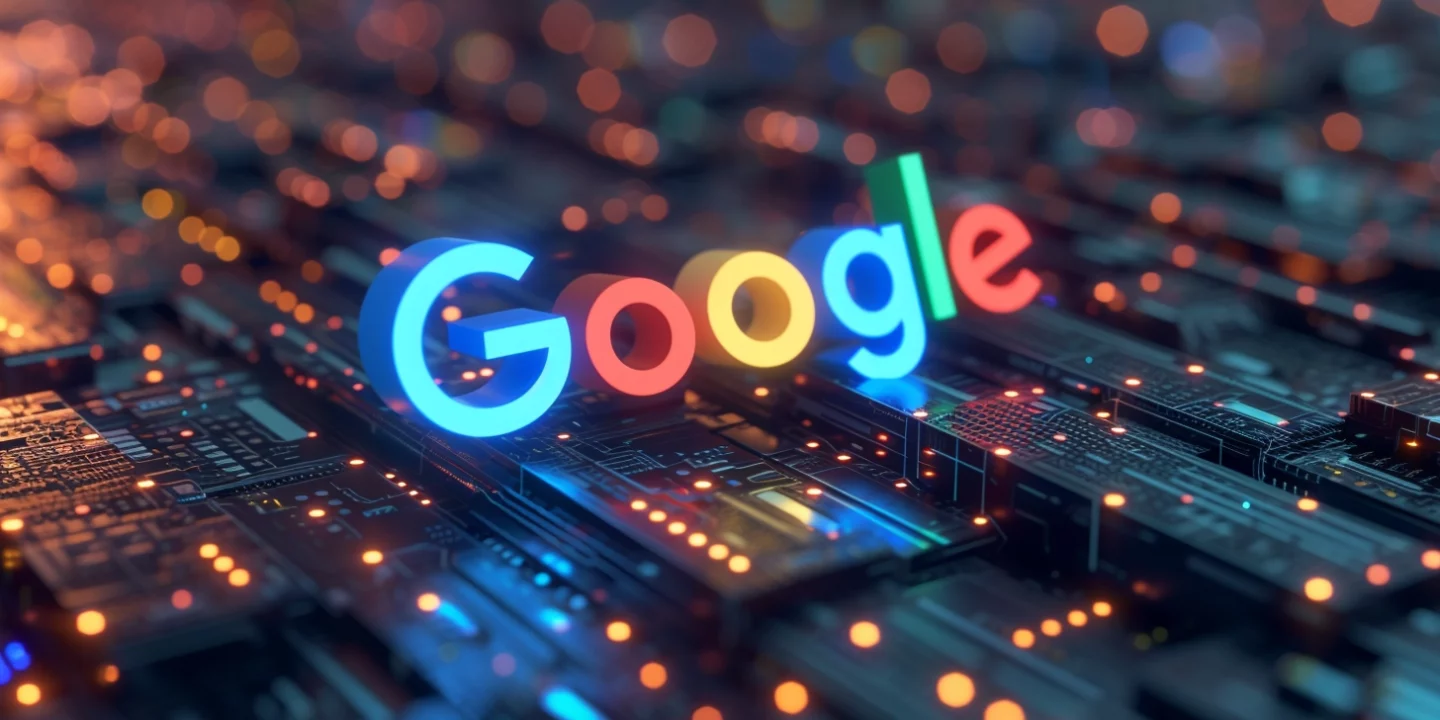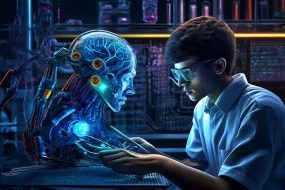
In the realm of artificial intelligence, generative AI stands as a transformative force. These models break free from traditional AI analysis, venturing into the exciting world of content creation. From crafting realistic images to composing captivating music, generative AI fosters innovation and pushes the boundaries of human imagination.
Google, a pioneer in the field of AI, boasts a formidable arsenal of generative AI models. This blog delves into Google’s most prominent generative AI offerings, exploring their unique functionalities, applications, and potential impact on various industries.
Google’s Generative AI Powerhouse: A Look Inside
While Google doesn’t have a single, universally known generative AI like OpenAI’s GPT-3, its strength lies in a diverse range of specialized models. Here are some of Google’s key players:
- Meena: Developed by Google AI, Meena is a generative pre-trained transformer model specifically designed for engaging in open-ended, informative conversations. Meena excels at understanding and responding to complex questions and requests, making it a valuable tool for chatbots and virtual assistants. Its ability to hold nuanced conversations paves the way for more natural and engaging human-computer interactions.
- Imagen: Google’s Imagen is a powerful image generation model capable of producing high-fidelity images from textual descriptions. Users can provide detailed prompts, and Imagen will translate them into visually stunning and realistic outputs. This model has applications in various fields, including product design, marketing, and even education, where it can be used to create interactive learning materials.
- AudioLM: As the name suggests, AudioLM is Google’s generative model focused on the realm of audio. This model can generate realistic and diverse audio samples, ranging from music pieces to sound effects. AudioLM’s potential extends to music composition, sound design for games and movies, and even personalized audio experiences.
- AI Test Kitchen: This isn’t a single model, but rather a platform by Google AI that allows users to experiment with various generative AI tools. AI Test Kitchen provides access to models for tasks like text generation, image manipulation, and music composition. This user-friendly platform fosters creativity and innovation, allowing developers and enthusiasts to explore the possibilities of generative AI.
- Bard (You are interacting with Bard in this very moment!): Bard, the generative AI model you’re currently interacting with, is a factual language model from Google AI, trained on a massive dataset of text and code. Bard excels at generating different creative text formats, like poems, code, scripts, musical pieces, email, letters, etc., and answering your questions in an informative way, even if they are open ended, challenging, or strange.
Beyond the Models: Google’s Generative AI Strategy
Google’s approach to generative AI goes beyond just developing individual models. It also focuses on:
- Accessibility: Platforms like AI Test Kitchen make generative AI tools more accessible to a wider range of users, promoting innovation and democratizing creativity.
- Collaboration: Google AI actively collaborates with researchers and developers worldwide, fostering a vibrant community that pushes the boundaries of generative AI technology.
- Responsible Development: Google recognizes the potential impact of generative AI and emphasizes responsible development practices. This includes addressing concerns regarding bias, misinformation, and potential misuse of the technology.
The Impact of Google’s Generative AI: Transforming Industries
Google’s generative AI models hold immense potential to revolutionize various sectors:
- Creative Industries: Imagine AI assistants that can co-write scripts, design marketing campaigns, or even compose musical scores alongside human creators.
- Education: Personalized learning experiences with AI tutors tailored to individual student needs and learning styles.
- Software Development: Generative AI tools can automate repetitive coding tasks, allowing developers to focus on more complex problems.
- Customer Service: Chatbots powered by generative AI models can provide more natural and engaging customer service experiences.
Unveiling the Future: Generative AI’s Endless Possibilities
Google’s generative AI offerings represent a significant step forward in the field. As research and development continue, we can expect even more sophisticated and impactful models to emerge. Here are some potential future directions:
- Multimodal Creativity: Models that can combine text, image, and audio generation, allowing for the creation of even richer and more immersive experiences.
- Hyper-Personalization: Generative AI models capable of tailoring content and experiences to individual users based on their preferences and needs.
- Explainable AI: Developing models that are more transparent in their decision-making processes, fostering trust and responsible use of generative AI.
By harnessing the power of generative AI, Google is poised to play a pivotal role in shaping the future of creativity, innovation, and human-computer interaction.











